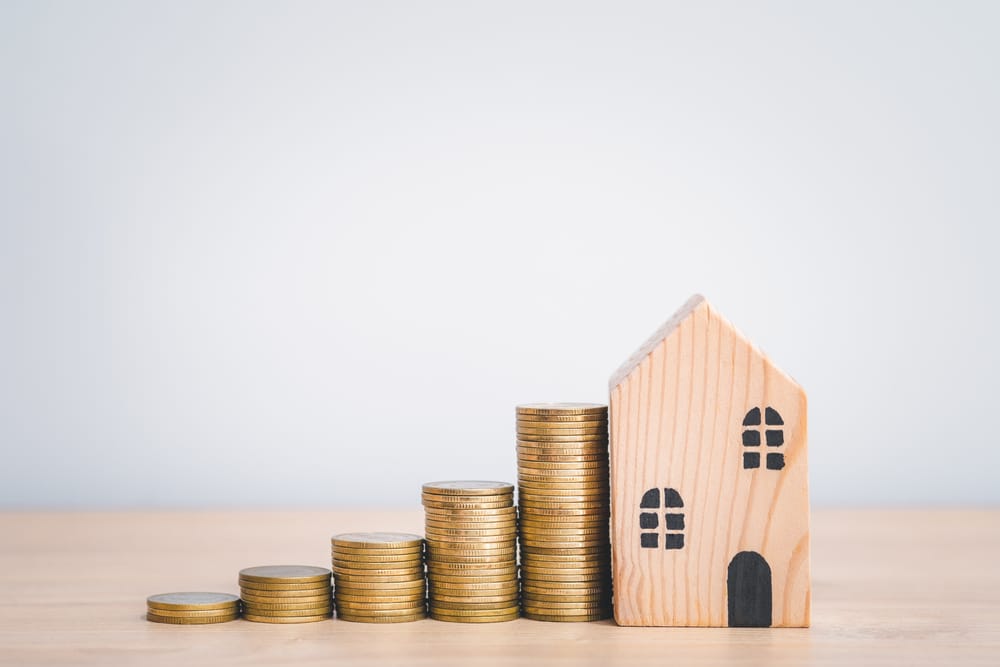A demand for smaller homes led to a 1.9% annual increase in property prices to an average of £286,430 in February, a house price dataset showed.
Figures from Halifax revealed that the largest price increase was recorded among flats, which rose by 2.7% to £163,016.
This was followed by terraced homes, which came to an average price of £224,173; a 2.6% rise.
Halifax said, looking at the longer-term trend, the average price for a terraced home had risen by 20.5% or £38,090 over the last four years.
There was a 2% increase in the average price of a detached home, which came to £442,802, and semi-detached property prices rose by 1.7% to £290,403.
This was just £5,551 below the peak average price for a flat, recorded in August 2022.
Halifax suggested that the rise in interest rates had put pressure on mortgage affordability and encouraged homebuyers to adjust their expectations and consider smaller homes.
Overall, average house prices in the UK reached £286,430 in February, which was a 1.9% rise on last year, or £5,318 in cash terms. Compared to 2020, this was a 19.9% increase, or £47,573.
Longer-term trends
Despite being partially responsible for the rise in house prices this year, the average value of a flat saw the smallest change on a longer-term basis.
Since 2020, flats have risen by 13.4% in price on average – or £28,027 – while the price of a terraced home had risen by 20.5% – or £38,090 – over the last four years.
The average price of semi-detached homes has increased by 21.4% – or £51,950 – while detached properties have seen the greatest rise with a 23.9% jump. This represents an extra £87,043 in value.
Driven by first-time buyer activity
The lender said the first-time buyer market was also key to this trend, as, while the number of new buyers was lower than recent years, they still made up 53% of mortgaged sales in 2023. This was the highest proportion of sales to first-time buyers since 1995.
Flats and terraced homes made up 57% of all properties sold to first-time buyers last year, indicating a preference for smaller homes.
This was more prevalent in areas where property prices are higher, such as London, where flats and terraced homes accounted for 90% of first-time buyer purchases.
There was only one region where the average price of a flat fell, which was Yorkshire and Humberside, with a 2.9% decrease to £109,827.
House prices: ‘a nuanced story’
Amanda Bryden, head of Halifax Mortgages, said: “It’s important not to gloss over the challenges facing the UK housing market, given the impact of higher interest rates on mortgage affordability, coupled with a continued lack of supply of new homes. But scratch beneath the surface and there is a more nuanced story, one [that] shows that demand for different property types in different parts of the country can vary hugely.
“As interest rates have stabilised and buyers adjust to the new economic reality of owning a home, one way to compensate for higher borrowing costs is to target smaller properties. This is especially true among first-time buyers, who have proven to be resilient over recent years, and now account for the largest proportion of homes purchased with a mortgage in almost 30 years.”
She added: “We see this reflected in property prices for the first few months of this year, with the value of flats rising most sharply, closing the ‘growth gap’ on bigger properties that’s existed for most of the last four years.”
Related: Housing in England and Wales unaffordable since 2002





